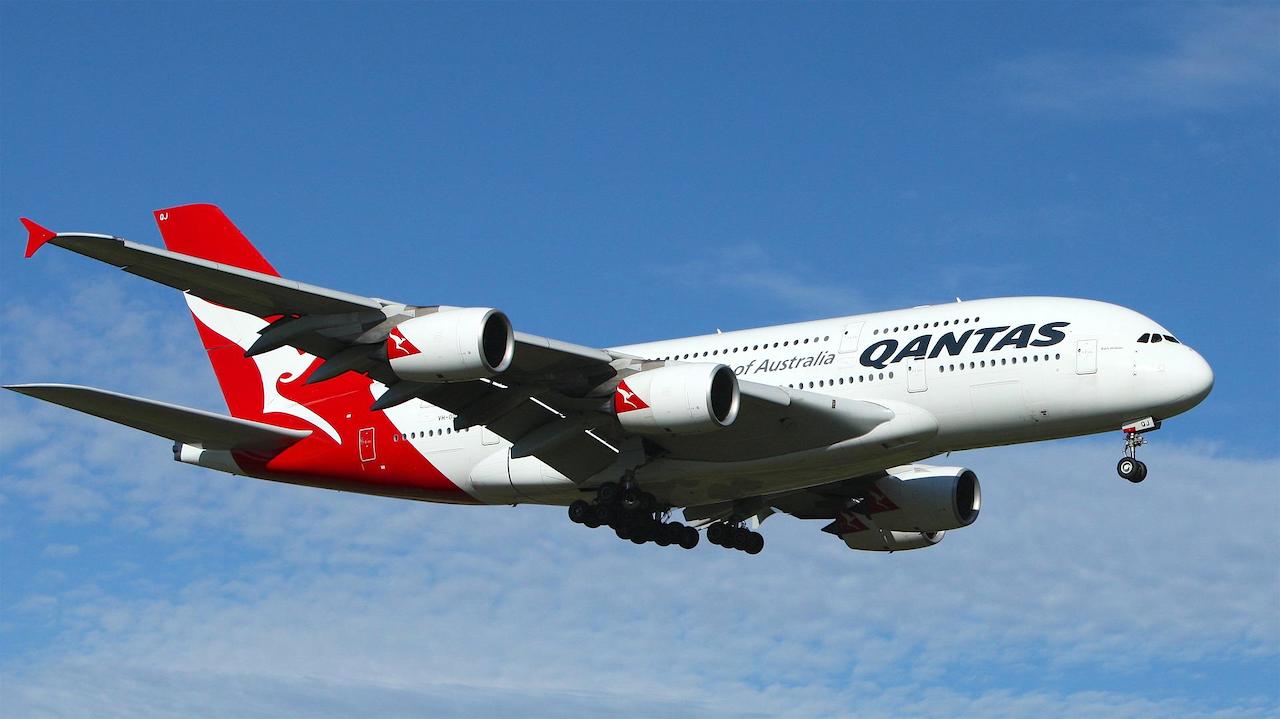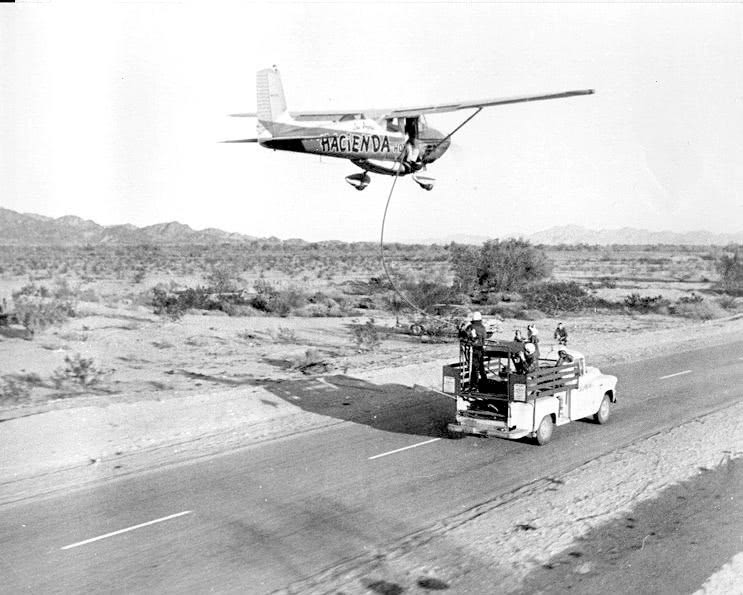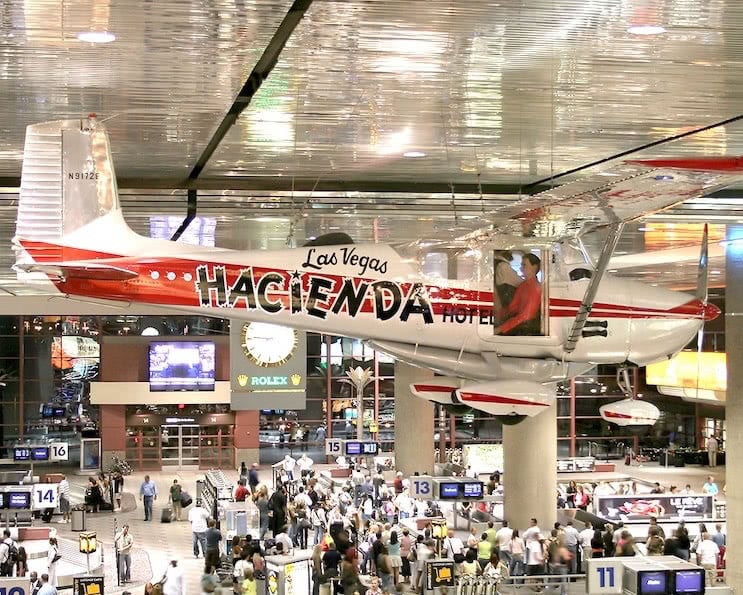Australian airline Qantas is behind Project Sunrise, heading the investigation of an ultra lengthy distance travelling investigation. A few weeks ago, CEO Alan Joyce, announced, in 2025, they will be offering flights connecting Sidney and London or New York, without stopovers.
These flights, the longest in the world, are within Project Sunrise, and are based on the investigation of the changes in our bodies after spending so much time inside an aircraft. The first trial flight was done in 2019 but research was stopped due to COVID-19 and the airline has now restarted the project.





